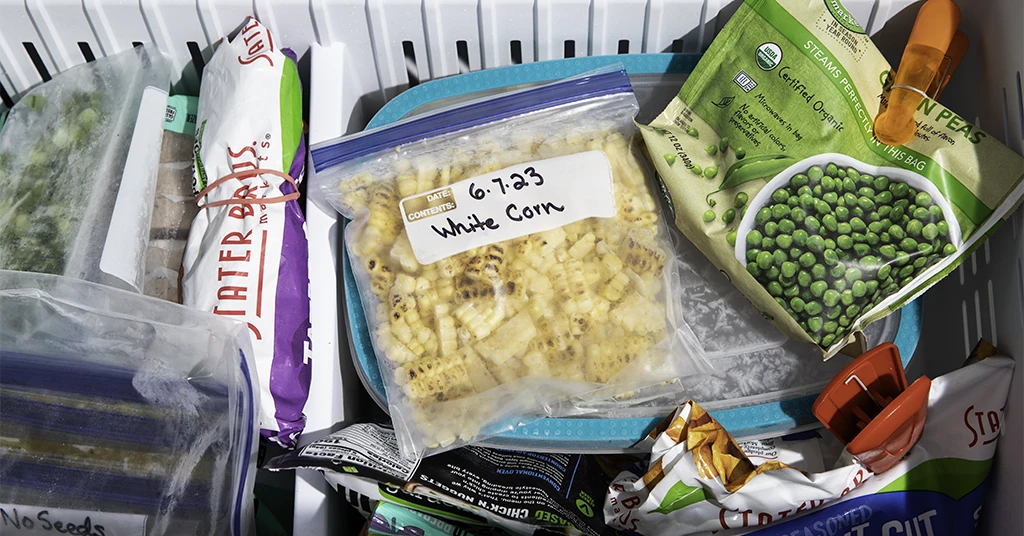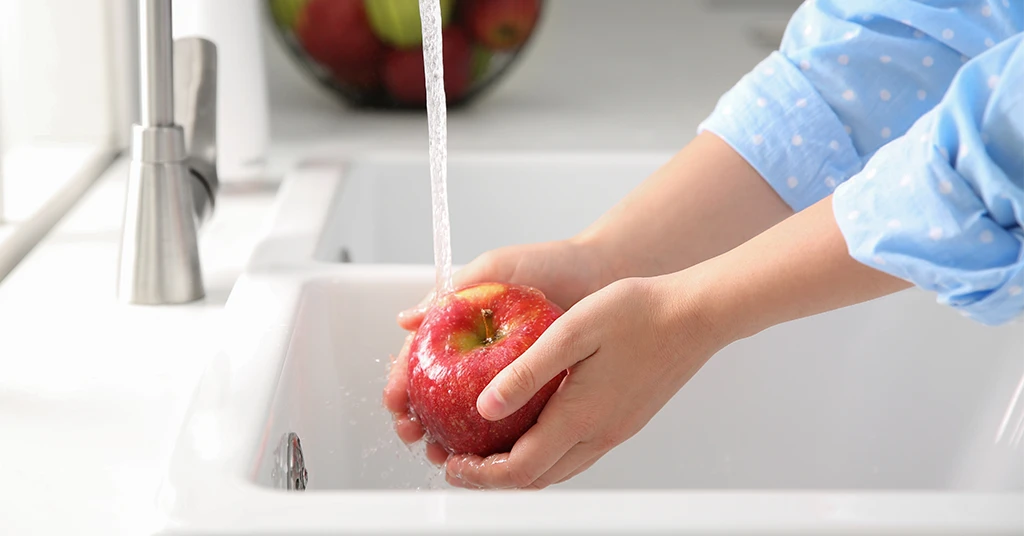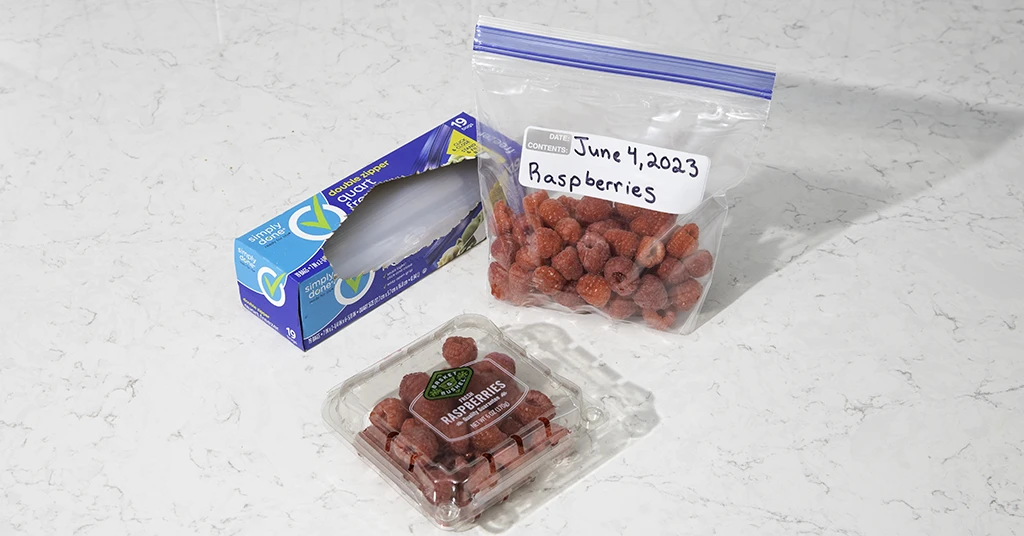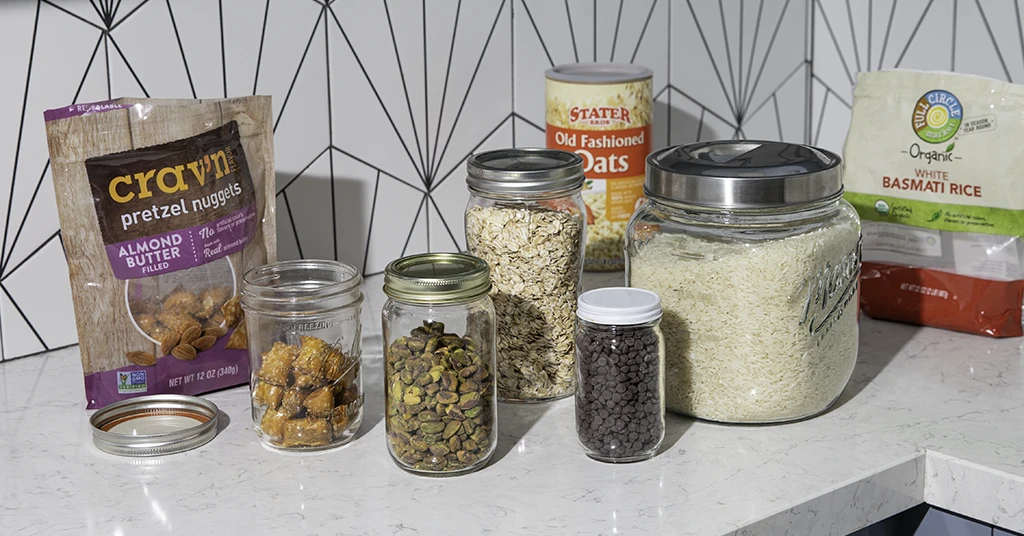In today’s fast-paced world, it’s essential to make the most of our resources and reduce waste wherever possible. One area where we can make a significant impact is in food preservation. By storing food properly, we can make it last longer, waste less, and save money in the end.
This guide will teach you important tips for preserving food. It will cover topics such as proper storage in the fridge and pantry, using storage containers, and maximizing freezer space. Get ready to revolutionize your approach to food storage and ensure your groceries stay fresh for longer.
The Importance of Food Preservation
Food preservation is not only about reducing waste but also about saving money and ensuring the safety of our food. By properly storing our groceries, we can extend their shelf life, prevent unnecessary spoilage and reduce the need for frequent grocery shopping. Additionally, proper food preservation techniques minimize the risk of foodborne illnesses by maintaining optimal storage conditions. With the rising cost of groceries, mastering the art of food preservation is more crucial than ever.
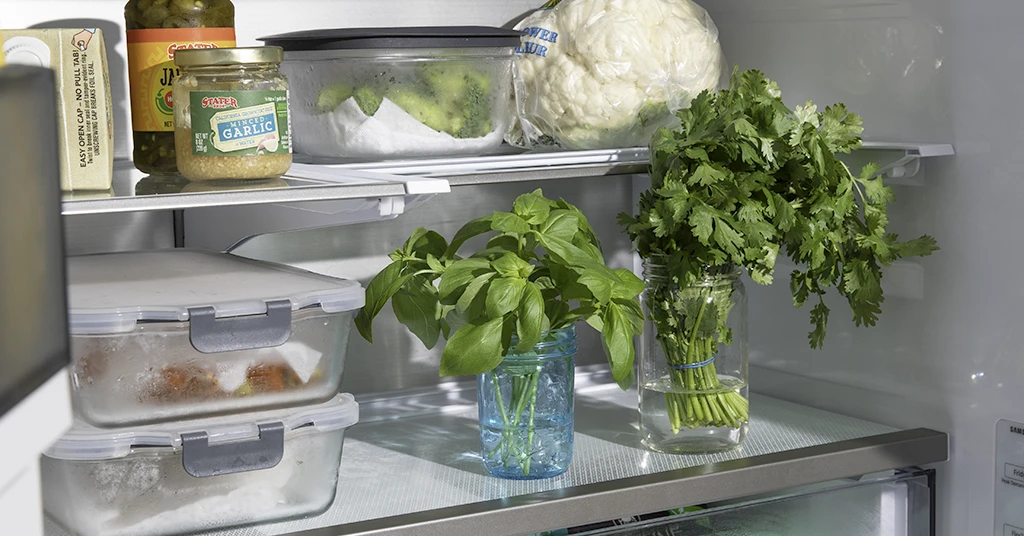
Refrigeration: Keeping Your Ingredients Fresh
One of the primary methods of food preservation is refrigeration. By keeping our ingredients at the right temperature and properly organizing our refrigerator, we can ensure their freshness and longevity. Let’s dive into some essential tips for refrigeration.
Optimal Refrigerator Temperature
Maintaining the correct temperature is crucial for preserving the quality of your food. The ideal refrigerator temperature is between 35°F (1.7°C) and 38°F (3.3°C). This range helps inhibit bacterial growth and keeps your perishable items fresh for longer. It is essential to regularly check and adjust the temperature settings to ensure they remain within this range.
Proper Organization of Your Refrigerator
Properly organizing your refrigerator is key to maximizing its efficiency and preserving your ingredients. Here are some tips for effective refrigerator organization:
- Categorize your items: Group similar items together, such as dairy products, fruits, vegetables, and meats. This arrangement helps you locate ingredients easily and reduces the chances of cross-contamination.
- Utilize storage containers: Invest in clear, airtight storage containers to store leftovers and ingredients. These containers help maintain freshness and prevent odors from spreading to other items in the refrigerator.
- Label and date your containers: To keep track of the freshness of your stored items, label each container with its contents and the date it was stored. This practice ensures you use the oldest items first and reduces the risk of consuming expired food.
To learn more about reorganizing your fridge, read our blog post on Spring Cleaning: How to Clean and Organize Your Refrigerator.
Storing Dairy Products
Dairy products, such as milk and cheese, require specific storage conditions to maintain their quality. Here are some guidelines for storing dairy products in your refrigerator:
- Store milk on the bottom shelf: Milk should be stored on the bottom shelf of your refrigerator, where it is coldest. This placement helps maintain its freshness and prevents spoilage.
- Keep cheese in airtight containers: Cheese tends to absorb odors from other foods. Therefore, it’s best to store it in airtight containers or wrap it tightly in plastic wrap to maintain its flavor and prevent cross-contamination.
Keeping Meat and Produce Separate
To prevent cross-contamination and ensure food safety, it’s crucial to store raw meat separately from other ingredients. Here are some tips for proper meat storage:
- Use separate containers or sealable bags: Store raw meat in separate containers or sealable bags to prevent any juices from coming into contact with other foods. This practice reduces the risk of bacterial contamination.
- Place meat on the bottom shelf: To further minimize the risk of cross-contamination, store raw meat on the bottom shelf of your refrigerator. This placement prevents any potential drippings from contaminating other items.
Preserving Fresh Herbs
Herbs, such as parsley, cilantro, and basil, can quickly wilt if not stored properly. Here’s a simple method for preserving the freshness of your herbs:
- Sell-by date: This date indicates the last day a store should sell a product. It does not necessarily mean the food is spoiled after this date, but it’s best to consume it soon.
- Best-by date: The best-by date indicates the period during which a product is at its peak quality. After this date, the food may start to deteriorate in terms of taste and texture but is still safe to consume.
Conclusion
By implementing the food preservation techniques outlined in this guide, you can significantly extend the shelf life of your groceries, reduce food waste, and save money. From proper refrigeration and pantry organization to utilizing storage containers and maximizing freezer space, each step plays a vital role in maintaining the freshness and quality of your ingredients. Embrace the art of food preservation and enjoy the benefits of longer-lasting groceries and delicious meals. Let’s make a positive impact on our environment and our wallets by adopting these sustainable practices. Happy preserving!
- Transfer to airtight containers: When purchasing grains in bulk, transfer them to airtight containers to maintain their freshness and prevent insect infestation. Glass or plastic containers with secure lids work well for this purpose.
- Label and date: Label each container with the type of grain and the date of storage. This labeling practice helps you keep track of the freshness of your grains and use older ones first.
